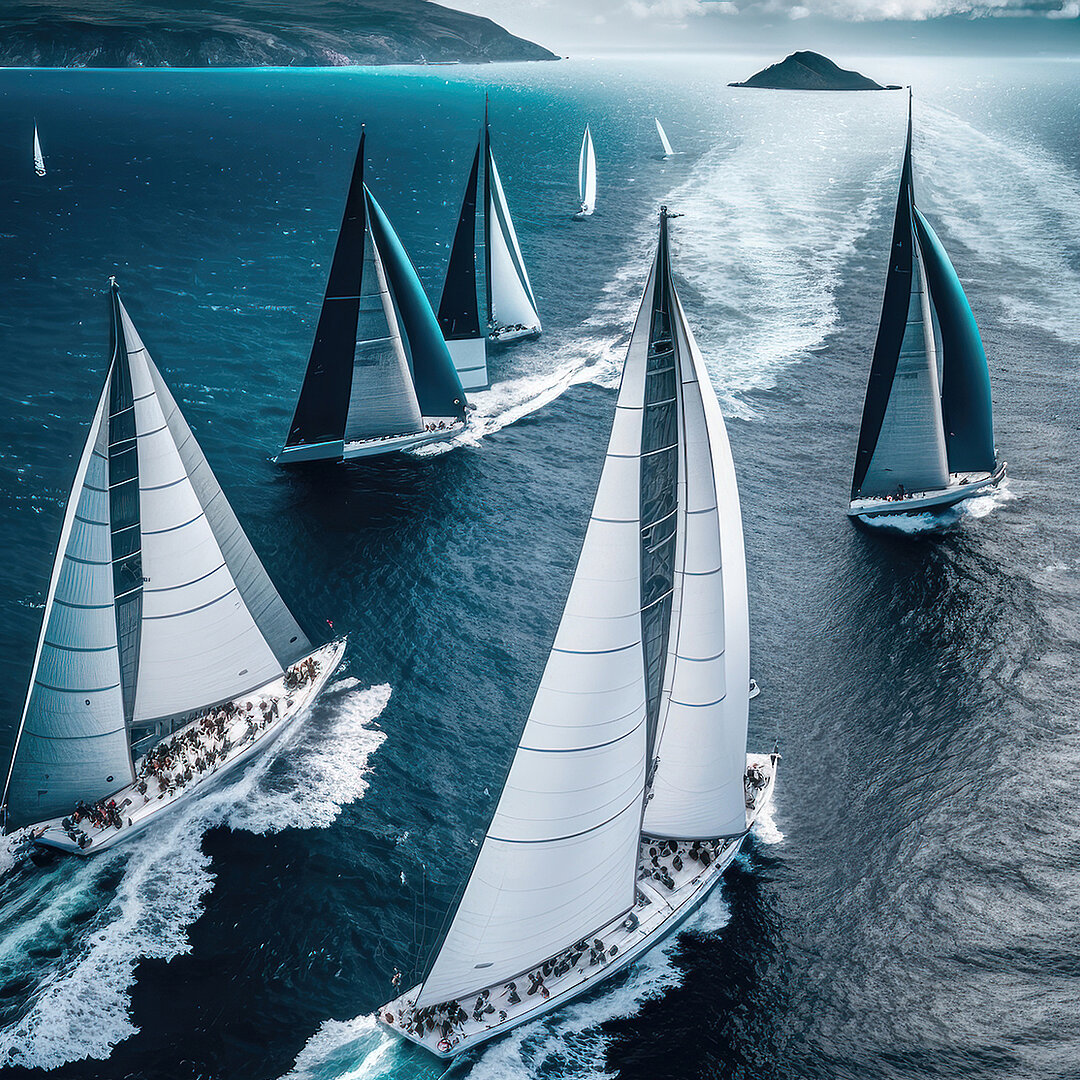Europe’s steel sector can cut costs, preserve jobs and accelerate decarbonisation through green iron trade
By complementing domestic production with green iron imports, steelmakers in Europe can save money, while safeguarding downstream value chains and related jobs. A new analysis from Agora Industry shows that supportive policy, alongside strategic partnerships, enables importers and exporters to reduce emissions, lower costs and strengthen resilience.

Brussels, 17 September 2025. As the EU negotiates its climate commitment ahead of the UN’s end-September deadline, a new Agora Industry report sets out how the bloc can leverage green iron trade to advance a clean and resilient steel industry at home and globally.
Based on an in-depth assessment of Germany’s steel sector, the report finds that integrating green hot briquetted iron (HBI) imports into domestic production could cut steelmaking costs in Europe by 12-15 percent by 2040. This approach enables the import of green iron – the most energy-intensive stage of production – while keeping the rest of steelmaking, along with downstream jobs and value creation, at home. It also supports the global transition by enabling new international supply chains for green iron.
“Green iron trade can become a strategic pillar of Europe’s industrial policy,” said Julia Metz, Director Agora Industry. “The EU and national governments should ensure that the Clean Industrial Deal strengthens resilience, competitiveness and a climate-aligned global economy. Anchoring lead markets for green steel at home and building partnerships abroad are an essential part of this strategy.”
A first of its kind, the analysis covers both major steel importers and exporters. It shows how green iron trade, alongside accelerated investment and targeted policy support for domestic green iron projects, can play a key role in Europe’s steel transition. It offers a path for such industrialised centres to make that shift in a cost-competitive and sustainable manner. At the same time, exporters with abundant renewables potential and iron ore resources, such as South Africa and Brazil, can move up the value chain, generating thousands of jobs and billions of dollars in trade value gains.
The report is based on techno-economic modelling of the unit cost of producing one tonne of crude steel. It finds that importing green iron from the Middle East or North Africa could reduce steelmaking costs in Germany by around 12 percent. Sourcing from Australia, Brazil or South Africa could deliver even greater savings, cutting costs by 15 percent compared to domestic production.
A phased pathway for Europe
To realise the potential of green iron trade, Agora proposes a three-phase strategy for the EU. In the first phase, replacing blast furnaces with hydrogen-based direct reduced iron (DRI) plants and scaling renewables and hydrogen infrastructure would enhance resilience of the sector. The second phase sees the development of intra-EU green iron value chains, while harmonised standards, credible labelling and demand from sectors like automotive and construction would help build a strong Single Market for green steel. Finally, in the third phase, establishing strategic international partnerships would help diversify supply chains, mitigate risks related to hydrogen buildout and lower costs – complementing Europe’s efforts at home. This phased approach would allow the steel sector to meet Europe’s tightening carbon market rules while safeguarding a competitive edge as the transition to green steel gains momentum.
The steel industry accounts for about five percent of Europe’s emissions and is central to the EU’s climate neutrality goal. Steelmakers have already announced 34 million tonnes of hydrogen-based DRI capacity, with 12 million under construction or at final investment decision. If realised, this would cover about half of Europe’s green iron needs.
In Germany – the largest steel producer in the EU – several transformation projects are under construction but their success hinges on securing competitively priced hydrogen. These first-wave projects are vital to drive technological innovation, kickstart a green steel market and build a strong domestic green iron and steel sector. Applying the three-phase strategy to Germany means robust investment support policies for new plants and de-risking instruments to enable hydrogen ramp-up to launch the first commercial hydrogen-based DRI plants. It also involves developing intra-EU green iron value chains, for example through lead markets for clean, EU-made products and establishing global green iron trade through strategic partnerships.
Julia Metz:
“Integrating green iron trade into Europe’s steel transition strategy offers a forward-looking solution to help the sector transform while renewable hydrogen remains costly at home. Investment support to first domestic green iron projects is crucial. In addition, building intra-EU green iron value chains will hedge against costs, while global trade opens access to lowest-cost production and reduces geopolitical risks – keeping Europe’s steel sector competitive on its path to net zero.”
With over 70 percent of global steel production still coal-based and many blast furnaces nearing retirement, decisions this decade will shape the sector for generations, the study notes. Strategic partnerships, such as the EU’s Clean Trade and Investment Partnerships (CTIPs), are emerging as a critical element of furthering the shift. The CTIPs will integrate industrial, climate and trade policies. Backed by tools like financial guarantees, offtake agreements and concessional finance, they can form an important basis to unlock investments into climate-neutral industries and foster new markets for green products. In Europe, the Clean Industrial Deal and the recently announced EU–South Africa partnership are important starting points, the study concludes.
The publication The role of green iron trade in accelerating competitive steel transformation draws on techno-economic modelling and extensive stakeholder consultations. It was developed in collaboration with partner organisations from the International Network of Energy Transition Think Tanks (INETTT). The launch of the main analysis and EU-focused slide deck will be followed by five other country case studies: South Korea, Japan, Brazil, South Africa and China. The full interactive report alongside a slide deck on opportunities for the EU with Germany as a case study are available at www.agora-industry.org.






